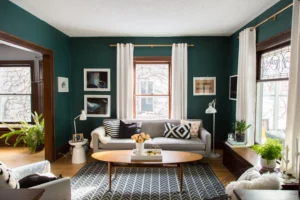Welcome to our comprehensive guide on six DIY upgrades for a more sustainable home! In today’s world, it is crucial to prioritize sustainability and reduce our environmental impact, all while saving money and the environment. Implementing these simple yet effective DIY projects allows you to create an eco-friendly and energy-efficient home without straining your budget. Let’s explore these exciting upgrades that will transform your living space into a sustainable sanctuary!
No. 1 One of the Best DIY Upgrades for a More Sustainable Home Is Energy-Efficient Lighting
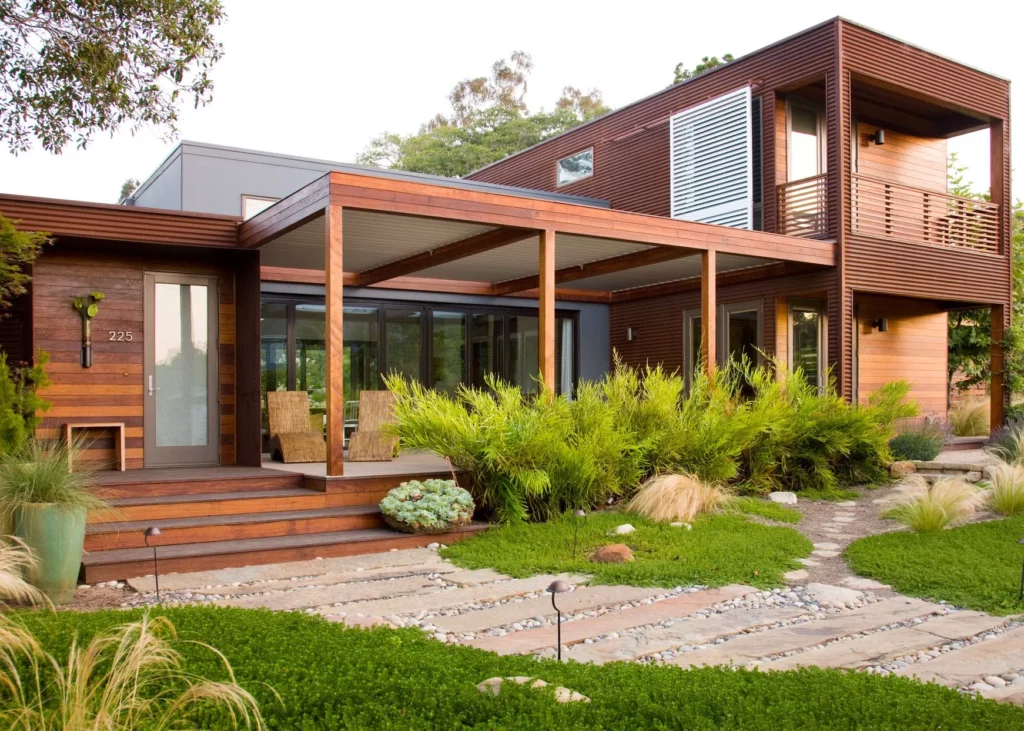
Switching to energy-efficient lighting is a fantastic way to reduce your carbon footprint and energy bills while brightening up your home. Replace traditional incandescent bulbs with LED (Light Emitting Diode) or CFL (Compact Fluorescent Lamp) lights for maximum efficiency. LED bulbs consume up to 75% less energy and can last up to 25 times longer than incandescent bulbs. Meanwhile, CFL bulbs use 75% less energy and have ten times longer lifespans. By making this simple swap, you save money on electricity and contribute to environmental conservation.
To further optimize energy usage, consider installing motion sensor switches in frequently used areas like hallways or bathrooms. These switches ensure that lights are only activated when needed, maximizing energy savings and reducing unnecessary consumption. It’s a small change that can have a significant impact on both your wallet and the environment.
No. 2 Water Conservation: Drips to Drops
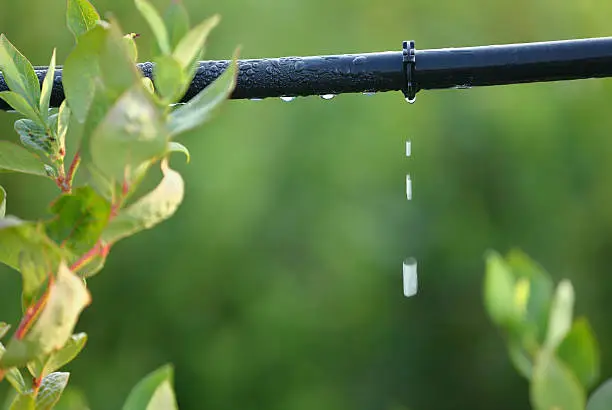
Finding ways to conserve water is one of the best DIY upgrades for a more sustainable home. Start by fixing any leaky faucets, pipes, or toilets promptly. A dripping faucet can waste several gallons of water daily, and a silent toilet leak can waste hundreds of gallons monthly.
Installing low-flow showerheads and faucet aerators can significantly reduce water consumption without compromising your showering experience. These devices restrict the flow of water while maintaining adequate pressure.
Additionally, consider collecting rainwater using rain barrels or buckets to water your plants and garden. It’s a free and sustainable source of water that reduces reliance on freshwater resources.
No. 3 Insulation: Seal in the Savings
Proper insulation should be at the top of your list when exploring sustainable choices. It helps maintain a comfortable temperature indoors and minimizes the need for excessive heating or cooling. By sealing gaps and cracks in windows, doors, and walls, you can prevent drafts and heat loss during winter and keep cool air inside during summer. Weatherstripping and caulking are inexpensive materials that can make a significant difference in reducing energy waste.
Additionally, consider adding insulation to your attic, basement, or crawl spaces for greater energy efficiency. This upgrade helps to regulate indoor temperatures, reduces the strain on your HVAC system, and leads to substantial energy savings. Another idea to enhance insulation is to use thermal curtains or window films, which help to prevent heat transfer through windows and further optimize energy usage in your home. By implementing these insulation strategies, you create a more comfortable living environment and contribute to a greener and more sustainable future.
No. 4 Repurposing and Upcycling: Redecorate with a Sustainable Twist
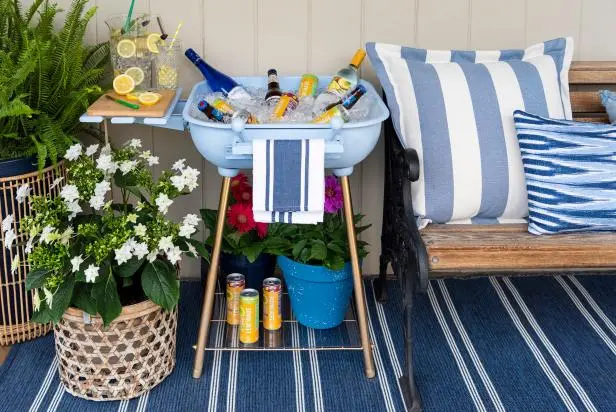
You don’t have to spend a fortune on new furniture and decor when redecorating your home. Embrace the concept of repurposing and upcycling what you have to breathe new life into old items. That will enable you to spend as little as possible on decorating. So, get creative and think outside the box! Here are some ideas:
- Transform an unused ladder into a unique and stylish bookshelf by adding shelves or repurposing it as a towel rack in the bathroom.
- Repaint an old dresser to match your new color scheme and give it a fresh look. Consider using eco-friendly paint to minimize environmental impact.
- Mason jars can serve as charming candle holders or storage containers for small kitchen items like craft supplies or spices.
- You can also repurpose old wooden crates as versatile storage units or turn vintage suitcases into trendy side tables.
By giving these items a second chance, you not only add personality to your space but also reduce waste and costs. That makes it a win-win situation for both your wallet and the planet.
No. 5 Green Cleaning: Fresh and Non-Toxic
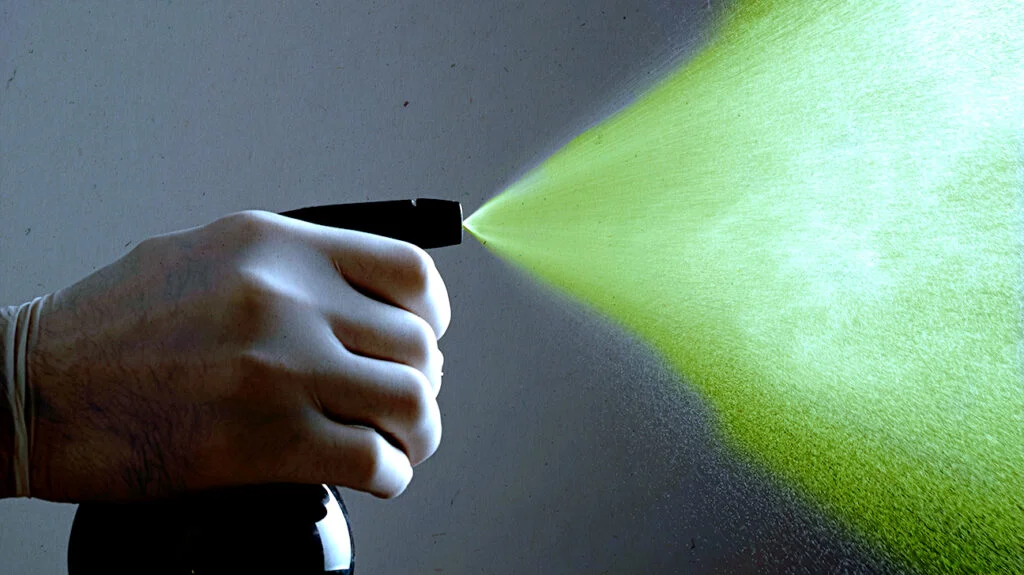
Many conventional cleaning products contain harsh chemicals that harm the environment and your health. Transitioning to eco-friendly cleaning alternatives is a crucial step towards a sustainable home. Fortunately, you can create effective and non-toxic cleaning solutions using natural ingredients in your pantry. For example, mix equal parts of vinegar and water to clean windows and mirrors. Baking soda is a versatile cleaner for scrubbing sinks and countertops and removing odors. Lemon juice combined with water is excellent for sanitizing surfaces and adding a fresh scent to your home. Making this switch reduces your exposure to harmful substances and helps protect the environment from pollution caused by conventional cleaning products.
No. 6 Smart Storage: Declutter and Rent Wisely
Maximizing your home’s storage capacity is essential for maintaining a clutter-free, organized living space. Before considering renting external storage space, take inventory of your belongings and declutter ruthlessly. Donate or sell items you no longer need or use.
Repurpose existing furniture to create innovative storage solutions. For instance, you can transform an old vintage trunk into a stylish coffee table with hidden storage space. Utilize vertical space by installing shelves or hanging organizers to free up valuable floor space.
If, after all these efforts, you still require additional storage, the Homegrown Moving and Storage experts advise renting a storage unit within your community. Opting for nearby storage facilities reduces transportation emissions from traveling to remote locations.
Conclusion
You can significantly impact the environment by implementing these six DIY upgrades for a more sustainable home. Moreover, you’ll enhance the comfort and functionality of your living space. From embracing energy-efficient lighting to upcycling old items, these projects are not only cost-effective but also enjoyable and creative. Start your sustainability journey today and create a home that reflects your commitment to a greener future. Together, we can make a difference!
Meta Description: Discover six DIY upgrades for a more sustainable home! Transform your space while saving money and the environment.

